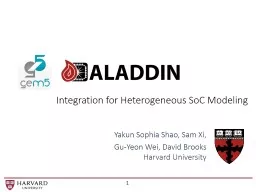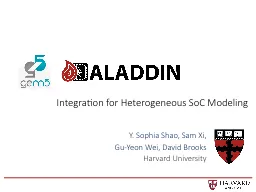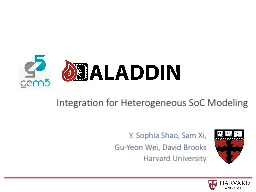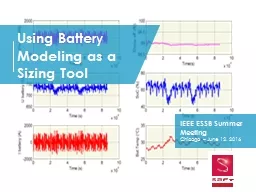PPT-Integration for Heterogeneous SoC Modeling
Author : tawny-fly | Published Date : 2018-11-04
Yakun Sophia Shao Sam Xi GuYeon Wei David Brooks Harvard University 1 Todays AcceleratorCPU Integration 2 Simple interface to accelerators DMA Easy to integrate
Presentation Embed Code
Download Presentation
Download Presentation The PPT/PDF document "Integration for Heterogeneous SoC Modeli..." is the property of its rightful owner. Permission is granted to download and print the materials on this website for personal, non-commercial use only, and to display it on your personal computer provided you do not modify the materials and that you retain all copyright notices contained in the materials. By downloading content from our website, you accept the terms of this agreement.
Integration for Heterogeneous SoC Modeling: Transcript
Download Rules Of Document
"Integration for Heterogeneous SoC Modeling"The content belongs to its owner. You may download and print it for personal use, without modification, and keep all copyright notices. By downloading, you agree to these terms.
Related Documents














